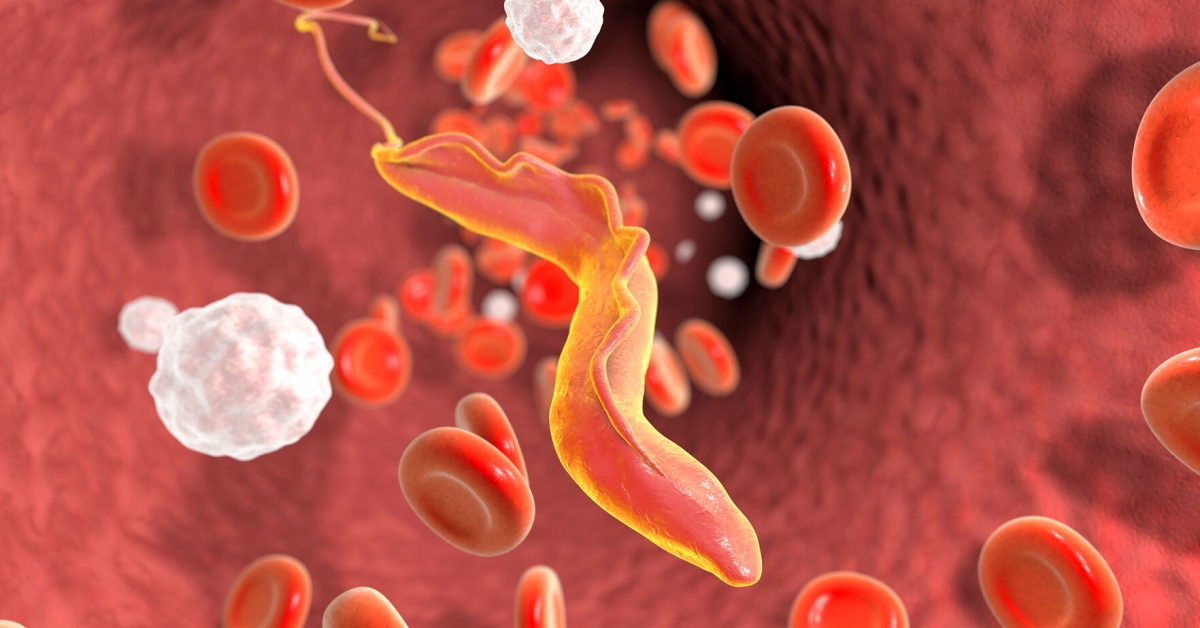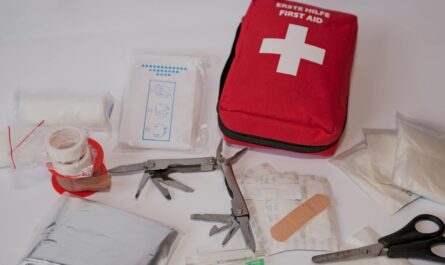What is Chagas Disease?
Chagas disease, also known as American trypanosomiasis, is a parasitic infection caused by the protozoan Trypanosoma cruzi. The parasite is mostly transmitted by reduviid bugs, also known as “kissing bugs”, that feed on blood at night. Other modes of transmission include blood transfusions, organ transplants, and from mother to child during pregnancy or childbirth.
Symptoms of Chagas disease typically appear within 8-15 days after exposure and include fever, fatigue, body aches, difficulty breathing, swollen lymph nodes, and rash near the site of entry. If untreated, the infection can progress to later stages that involve the heart or digestive system.
Available Treatment Options
Drug Therapy
The two main drugs used for Chagas Disease Treatment are Benznidazole and Nifurtimox. Both work by targeting the trypanosome parasites directly. Benznidazole is the preferred first-line treatment and has cure rates of over 60% in the early, acute stage of infection. However, efficacy decreases dramatically in the later, chronic stages. Treatment lasts 60-90 days and can cause side effects like rashes, gastrointestinal upset, and peripheral neuropathy.
Nifurtimox is used as an alternative to Benznidazole in cases of intolerance or resistance. It has similar cure rates and side effect profiles but may pose a greater risk of potentially serious neurological and cardiac events. As with Benznidazole, treatment duration is 2-3 months.
Surgery
Surgical interventions are occasionally needed for complications of chronic Chagas disease like digestive megasyndromes or heart abnormalities. Gastrointestinal conditions may require operations like colostomy or bowel resection. Cardiomyopathy patients may benefit from implantable cardioverter-defibrillators, pacemakers or heart transplants. However, preventing progression with antiparasitic treatment is preferable to relying solely on surgery.
Vector Control
Controlling the triatomine bugs that transmit Chagas disease is another important control strategy employed in endemic regions. Activities involve home inspections and improvement of housing conditions to eliminate bug habitats, as well as spraying of residential structures with insecticides when necessary. Additionally, screening of blood/organ donors is critical to prevent transmission through transfusions or transplantation.
Treatment Challenges and Future Directions
Low Diagnosis and Treatment Rates
A major issue is that over 60% of Chagas Disease Treatment cases globally remain undiagnosed due to minimal symptoms in early and chronic stages. Even in diagnosed patients, less than 10% receive antiparasitic drug treatment. Barriers include limited access to healthcare, lack of disease awareness, and uncertainty over drug efficacy in chronic cases.
Need for New Treatments
Both Benznidazole and Nifurtimox have relatively low cure rates when administered in the chronic stage, as well as risk of side effects. Additionally, emerging strains exhibiting drug resistance have been detected. New treatments that are more effective, better tolerated and can be used into the chronic stage are urgently needed. Dozens of candidate compounds are currently undergoing preclinical testing.
Diagnostic Improvements
Efforts are also focused on developing easier-to-use rapid diagnostic tests suitable for point-of-care applications. Better methods for confirming treatment responses or detecting the presence of residual or recurrent parasites are also priorities. Such advances could help extend treatment to remote areas and enroll more patients into evaluation studies.
*Note:
1. Source: Coherent Market Insights, Public sources, Desk research
2. We have leveraged AI tools to mine information and compile it
About Author - Priya Pandey
Priya Pandey is a dynamic and passionate editor with over three years of expertise in content editing and proofreading. Holding a bachelor's degree in biotechnology, Priya has a knack for making the content engaging. Her diverse portfolio includes editing documents across different industries, including food and beverages, information and technology, healthcare, chemical and materials, etc. Priya's meticulous attention to detail and commitment to excellence make her an invaluable asset in the world of content creation and refinement. LinkedIn Profile

 by
by 

